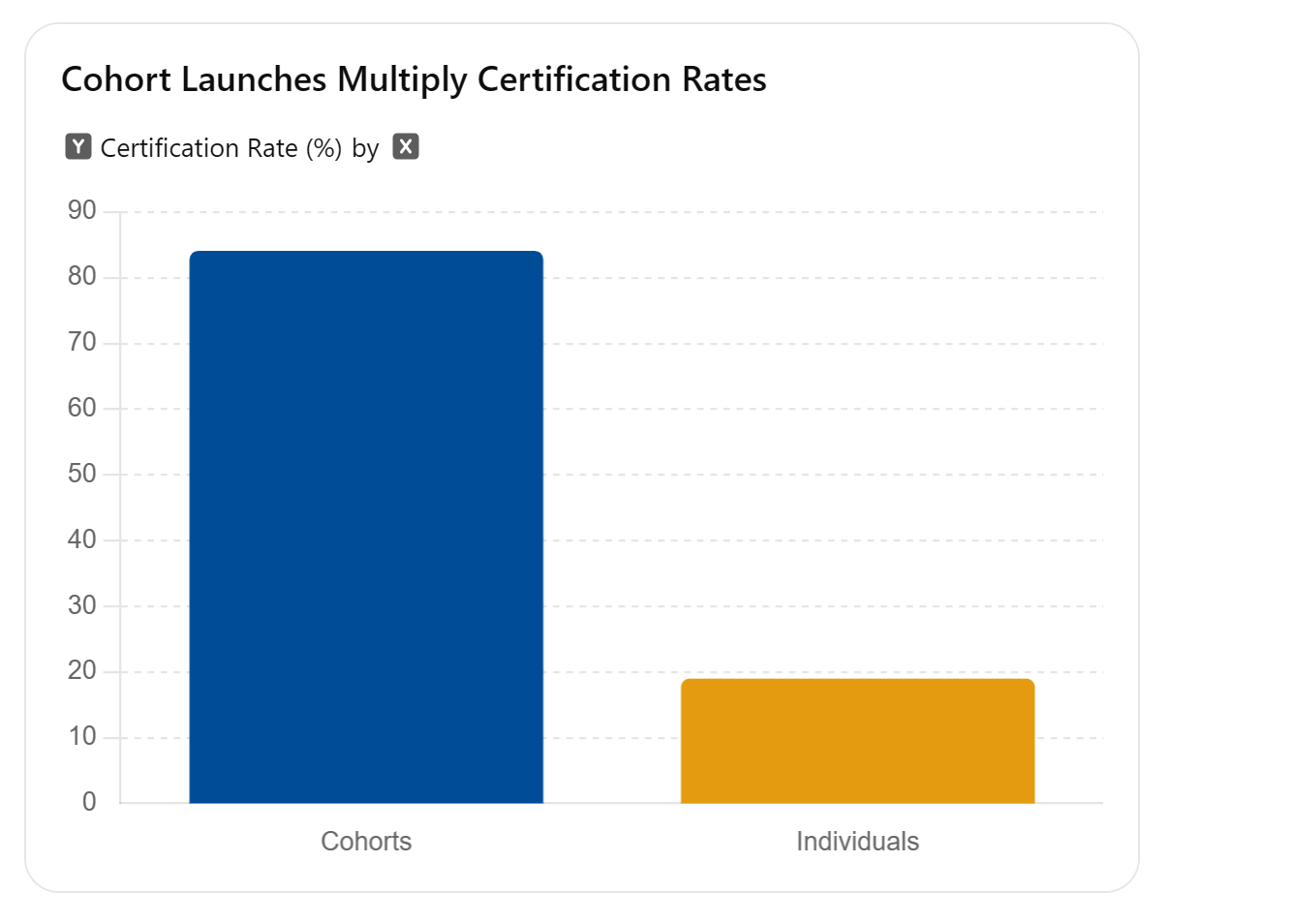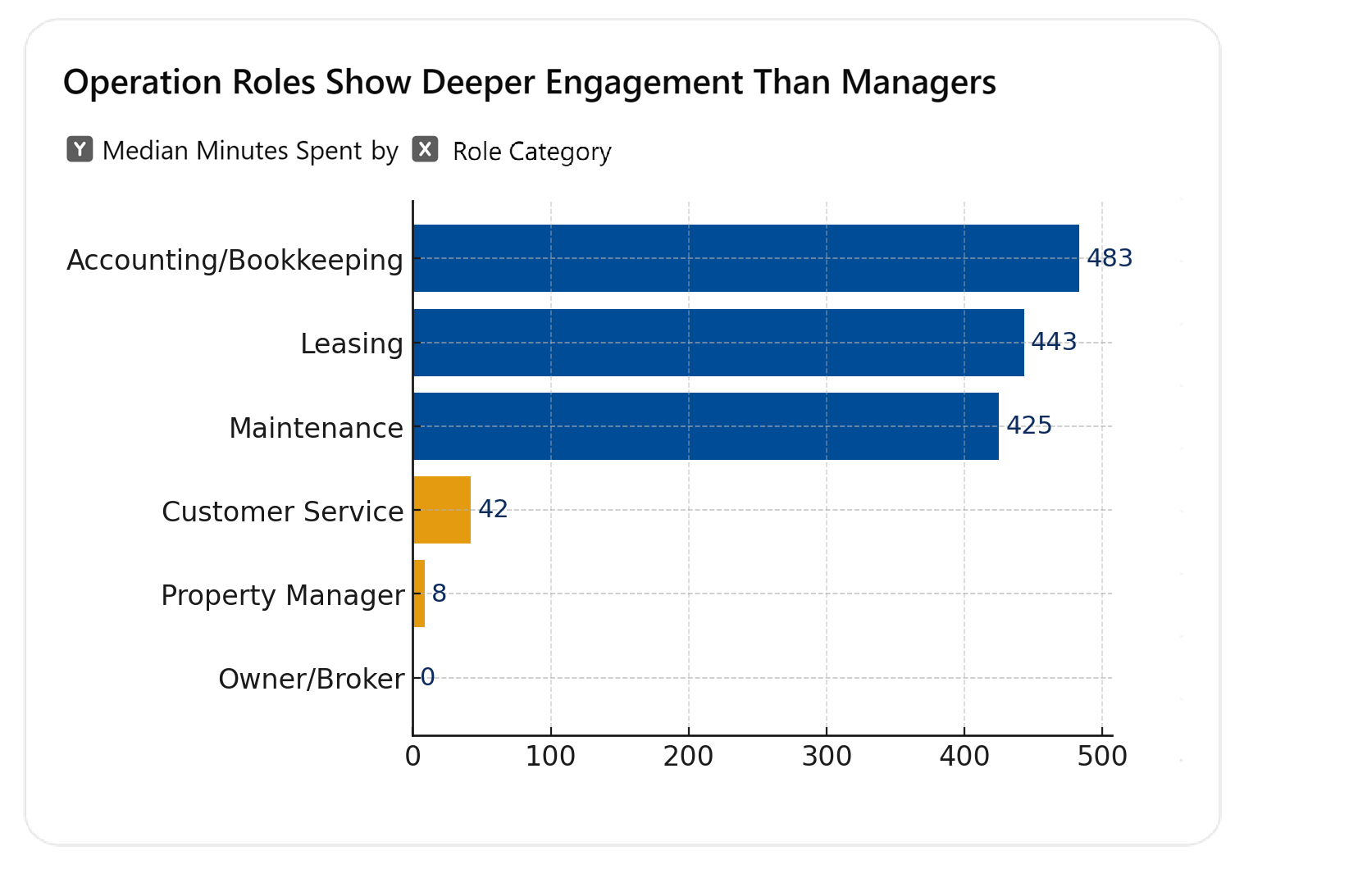The Survey
In October 2025, we analyzed learner activity data from over 225 professionals enrolled in property management training programs across Property Management University (PMU). The goal was to better understand how property managers learn, which roles and experience levels engage most deeply, and what topics drive the greatest impact for companies aiming to onboard, upskill, and retain talent.
The survey combined platform analytics and learner behavior data to surface key insights on engagement patterns, regional adoption, and the evolving learning needs of the U.S. residential property management industry.
Respondents represented a wide spectrum of roles, with the majority being Property Managers (31%), followed by Customer Service Representatives (22%), Leasing Agents (20%), and professionals in Maintenance (12%), Accounting (9%), and Human Resources (6%).
The participants came from companies managing portfolios ranging from under 100 to over 1,000 properties, providing a snapshot of both mid-market and enterprise operators.
The survey combined platform analytics and learner behavior data to surface key insights on engagement patterns, regional adoption, and the evolving learning needs of the U.S. residential property management industry.
Respondents represented a wide spectrum of roles, with the majority being Property Managers (31%), followed by Customer Service Representatives (22%), Leasing Agents (20%), and professionals in Maintenance (12%), Accounting (9%), and Human Resources (6%).
The participants came from companies managing portfolios ranging from under 100 to over 1,000 properties, providing a snapshot of both mid-market and enterprise operators.
Key Trends Shaping the Future of Property Management Education
1. Early-Career Professionals Are the Most Active

Why this matters
2. Cohort launches multiply certification — by 4–5×

Why this matters
3. Completion is predicted by how people learn—not just what they learn
Why this matters
4. Role Patterns: Operation Roles Show Deeper Engagement Than Managers

Why this matters
5. Content Curation Hints: Foundations + Operations Win First
Why this matters
Upskill your team. Join our community.
Online learning and cohort-based training have become an essential part of property management education.
